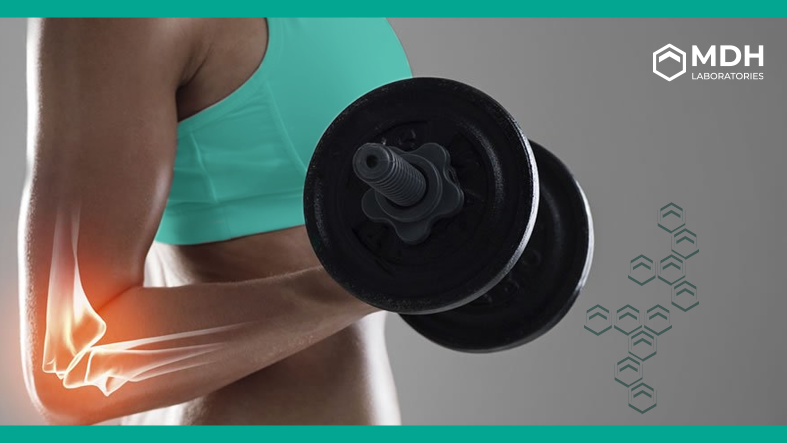Original Source:
cdc.gov
Regular physical activity is fundamental for promoting health and well-being across all ages, ethnic backgrounds, and physical conditions.
Engaging in moderate aerobic activities, such as brisk walking, is generally safe for most individuals, reducing the risk of mortality by 33% compared to inactive individuals. These activities provide wide-ranging benefits, including improved brain health, weight management, disease prevention, and enhanced muscle and bone strength. For those reintegrating into physical activity, practical advice is available to facilitate a healthy weight and overall well-being. Explore further to understand the advantages and effective strategies for improving health through physical activity.
⬛ IMMEDIATE BENEFITS
Moderate to vigorous physical activity offers immediate benefits for brain health, enhancing cognition in children and reducing short-term anxiety in adults. Sustaining a regular exercise routine promotes long-term cognitive skills and decreases the risk of depression, anxiety, and sleep problems over time.
⬛ WEIGHT MANAGEMENT
Maintaining a healthy weight requires a balance of diet and exercise. Engaging in at least 150 minutes of moderate aerobic activity weekly helps maintain weight. However, the exact exercise requirements vary by individual. To lose weight and prevent regain, a high amount of physical activity, along with dietary adjustments, is necessary. Regular exercise and a proper diet are key to maintaining a healthy weight.

⬛ REDUCING HEALTH RISKS
-
Cardiovascular Diseases
Heart diseases and strokes are leading causes of mortality in the U.S. Engaging in 150 minutes of moderate aerobic activity weekly can reduce the risk, with additional exercise further lowering it. Regular physical activity lowers blood pressure and improves cholesterol levels.
-
Type 2 Diabetes and Metabolic Syndrome
Regular physical activity reduces the risk of type 2 diabetes and metabolic syndrome, characterized by obesity, hypertension, low HDL cholesterol, high triglycerides, and high blood sugar. Even less than 150 minutes weekly provides benefits, with increased activity further reducing risks.
-
Cancer
Physical activity reduces the risk of various common cancers. Active individuals have a lower risk of developing bladder, breast, colon (proximal and distal), endometrial, esophageal (adenocarcinoma), kidney, lung, and stomach (cardia or non-cardia adenocarcinoma) cancers.
For cancer survivors, regular exercise not only enhances quality of life but also optimizes physical condition.

⬛ STRENGTHEN YOUR BONES AND MUSCLES
As we age, bone, joint, and muscle health are crucial for mobility and daily activities. Regular physical activity, especially moderate-intensity aerobic exercise, helps delay age-related bone density loss. It significantly reduces the risk of hip fractures, particularly in older adults. Including balance and muscle-strengthening exercises in routine workouts also decreases fall and injury risks.
For those with arthritis or joint conditions, regular exercise, including 150 minutes of moderate aerobic activity per week, combined with muscle-strengthening exercises, improves pain management and daily function, enhancing overall quality of life.
Muscle-strengthening activities, such as weightlifting, are essential, especially for older adults, to maintain or increase muscle mass and strength. Gradually increasing weight and repetitions during these exercises yields additional benefits, regardless of age.

⬛ IMPROVE DAILY FUNCTIONING AND PREVENT FALLS
Functional limitation involves a decline in the ability to perform daily activities. Regular physical activity, particularly for middle-aged and older adults, reduces this risk. It enhances physical function and reduces fall risks. Multicomponent physical activity, including aerobic, muscle-strengthening, and balance exercises, is crucial for older adults, reducing fall-related injuries. It can be performed at home or in community-based structured programs to enhance physical function and prevent functional limitation.
⬛ LIVE A LONGER, HIGHER-QUALITY LIFE
Physical activity significantly reduces the risk of premature death from heart diseases or cancer. Just 150 minutes of moderate physical activity weekly reduces mortality risk by 33%. High amounts or intensity of exercise are not required for benefits; any moderate or vigorous physical activity provides significant health and longevity benefits.

